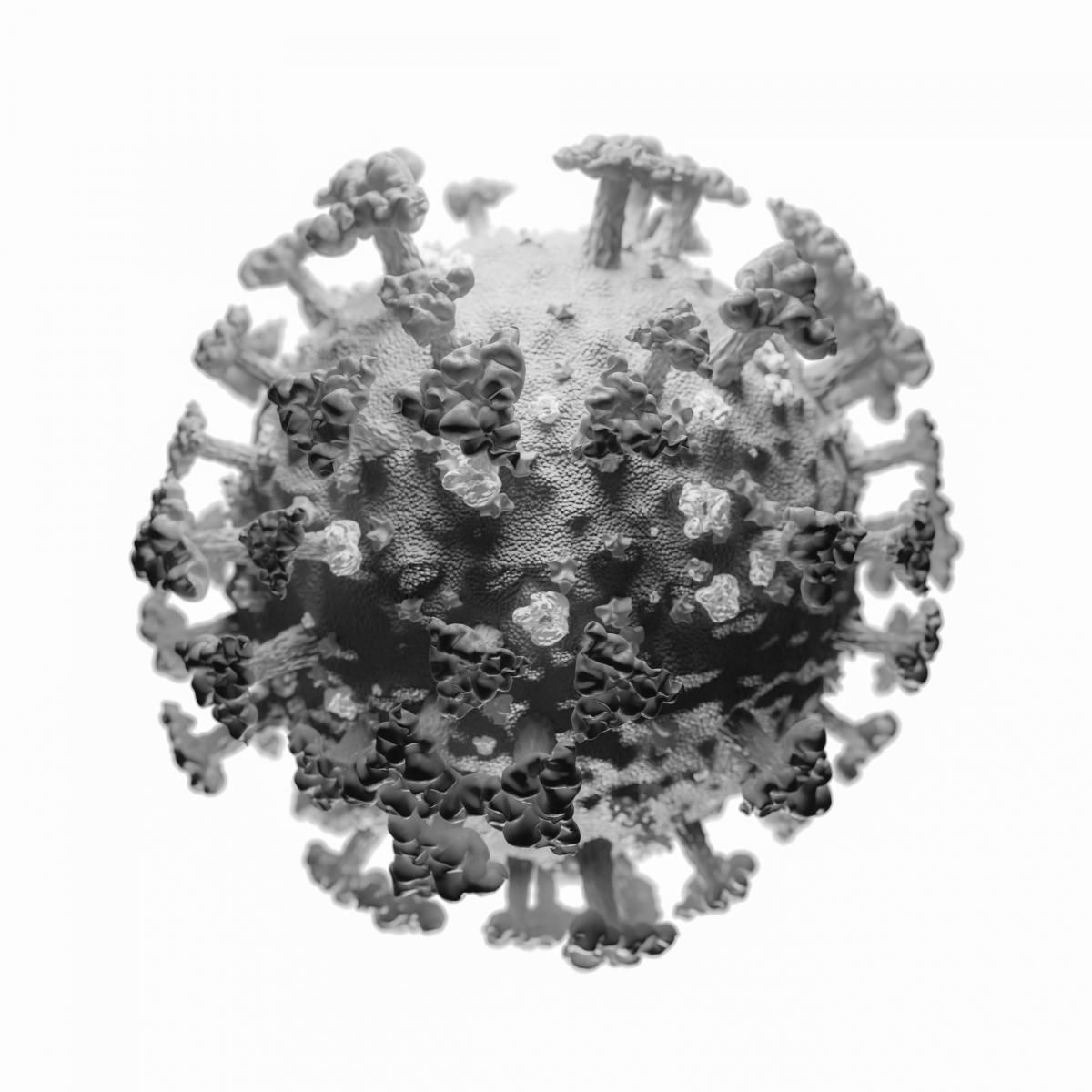Sobering UK Data as US Begins to Relax COVID-19 Measures - Public Health Watch
Analysis projects significant toll from virus, even with some measures in place.

Anthony Fauci, MD, director of the National Institute of Allergy and Infectious Diseases, recently described the coronavirus 2019 (COVID-19) pandemic as his “worst nightmare,” before adding that “it isn’t over yet.”
The results of a modeling analysis published in The Lancet: Public Health may be keeping him up at night—assuming he’s been sleeping at all—particularly as many states across the US begin relaxing social distancing restrictions designed to contain the outbreak.
CNN reported earlier this week that 19 US states are seeing increases in COVID-19 cases, with hospitalizations up in 12 since Memorial Day: Alaska, Arkansas, Arizona, California, Kentucky, Mississippi, Montana, North Carolina, Oregon, South Carolina, Texas, and Utah. Intensive care units (ICUs) are already at nearly 80% of capacity in Arizona, according to the cable news outlet.
The authors of the Lancet paper project that, without interventions, as many as 23 million people in Britain could be infected with the virus by December 2021. Under this scenario, 85% of the population would be infected, with roughly 40% of them presenting with clinical symptoms.
In all, as many as 350,000 Britons would die from COVID-19 by the end of next year—again assuming that no social distancing restrictions are put in place—for a case fatality rate of 1.5%. The projected peak number of ICU beds that would be needed in this scenario was 200,000, nearly 50 times total capacity (4,562 beds), the investigators reported.
When implemented together, the authors found that school closures, physical distancing, shielding of older people, and self-isolation of symptomatic individuals—timed to center on the peak of the unmitigated epidemic—each decreased the total number of cases by up to 30% and delayed the peak of the epidemic by 3 to 8 weeks on average.
However, when implemented alone, “none of these shorter-duration interventions were able to decrease health-care need to below available capacity,” wrote the authors, who did not respond to requests for comment on their findings.
Notably, a ban on spectator sports from March 17 to September 1 of this year “would have a relatively small impact on the total number of cases,” they found—resulting in 15,000 fewer infections. Closing schools reduced deaths from COVID-19 from 120,000 to 65,000 and reduced peak ICU bed needs required from 53,000 to 29,000, which is still well above capacity.
And, these results were offset when/if children had contact with older adults (who are at increased risk for serious illness from the virus). The investigators found that 1 additional contact per weekday between children and older individuals increased deaths to 79,000 and increased peak ICU bed needs to 35,000.
It’s worth noting here that, as of this writing, the US has 2 million confirmed cases of COVID-19, for an infection rate of 0.6% of the total population, according to investigators at Johns Hopkins University who have been tracking the pandemic. With 292,000 confirmed cases, Britain’s infection rate is about 0.4%.
“We found that moderate interventions lasting for 12 weeks, such as school closures, self-isolation of symptomatic individuals, or shielding of older people, would probably not have been sufficient to control the epidemic and to avoid far exceeding available ICU capacity, even when these measures were used in combination,” the authors of the Lancet paper wrote. “However, we estimated that a scenario in which more intense lockdown measures were implemented for shorter periods, against a general background of physical distancing measures, might be able to keep projected case numbers at a level that would not overwhelm the health system.”
Food for thought as many areas in the US—perhaps prematurely—begin to reopen.
